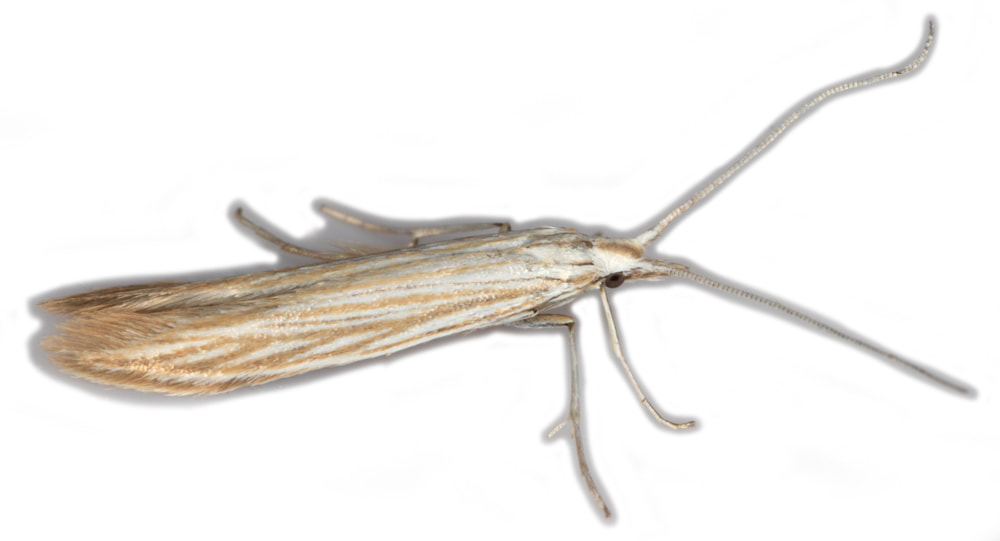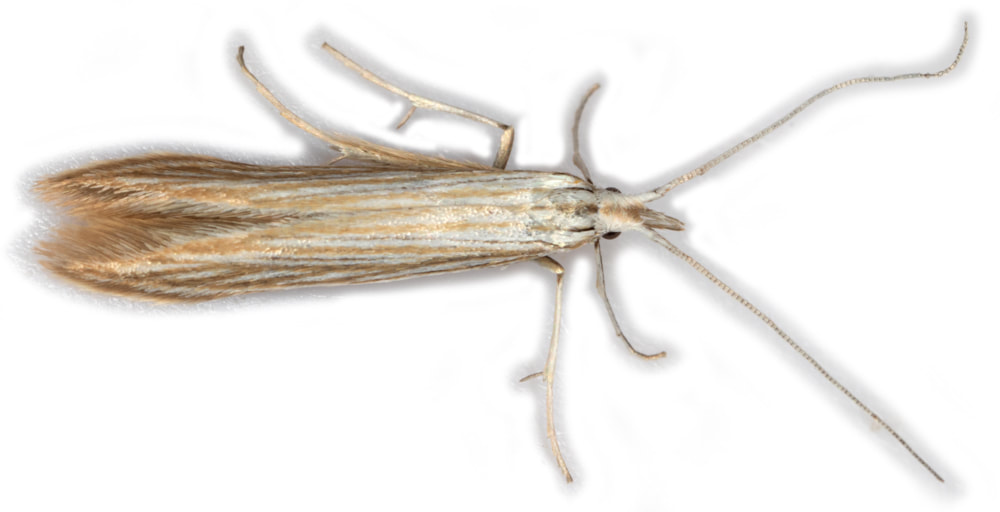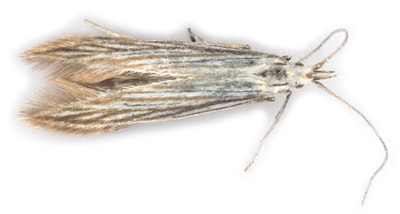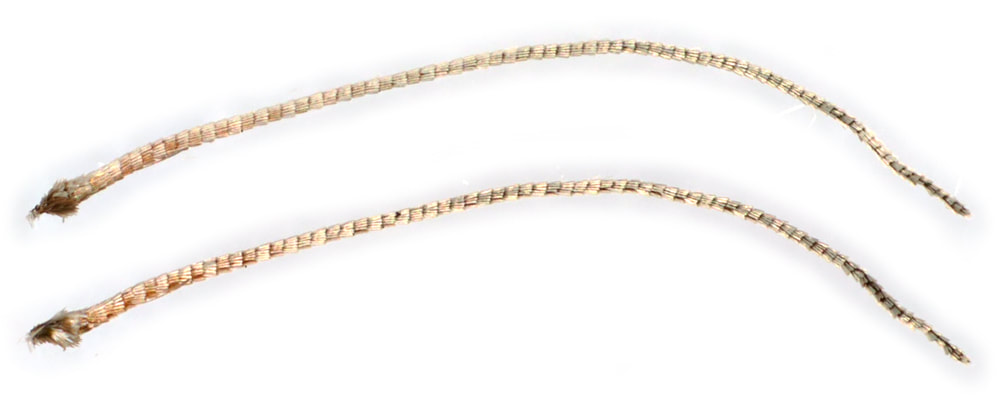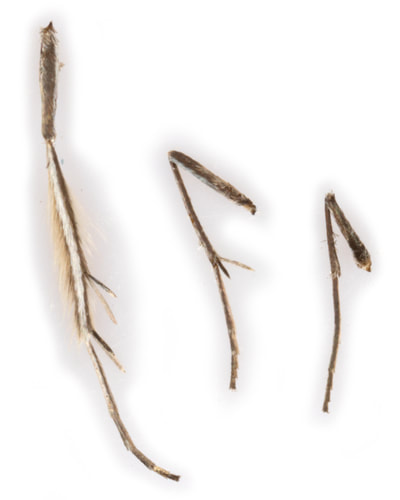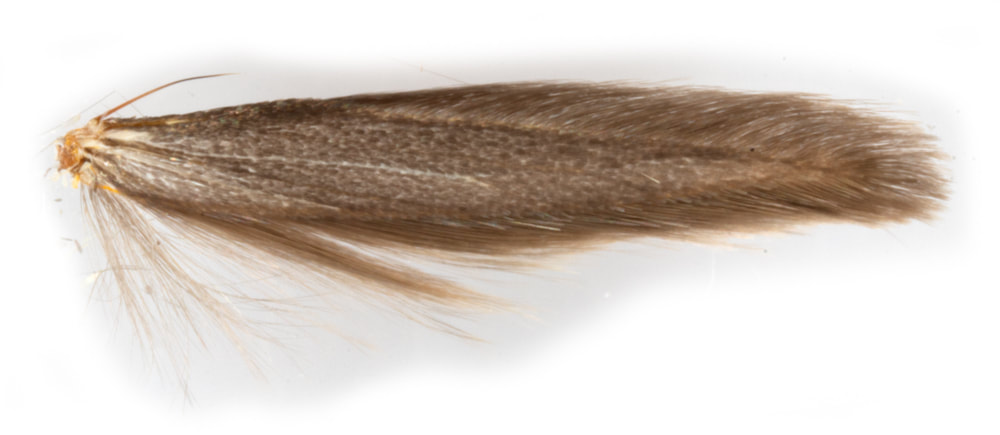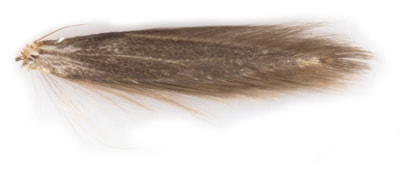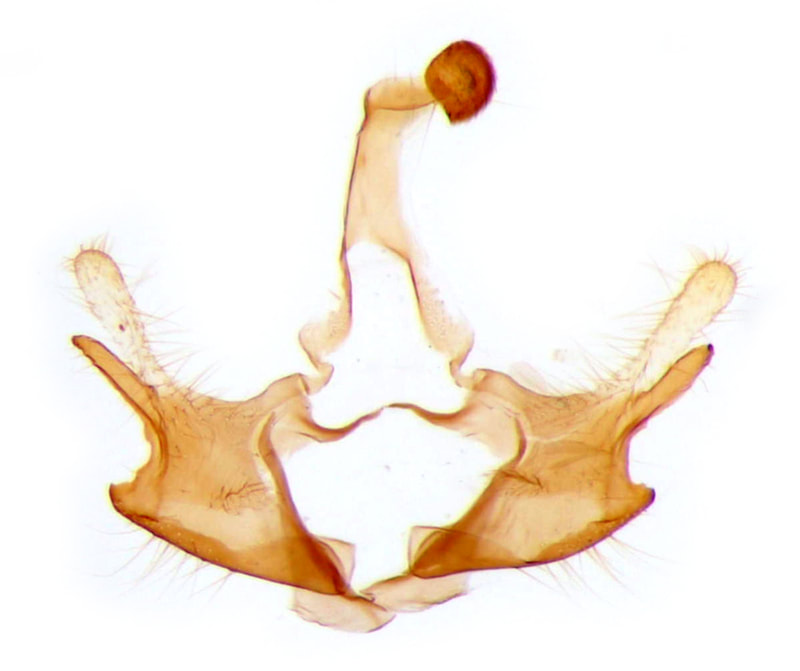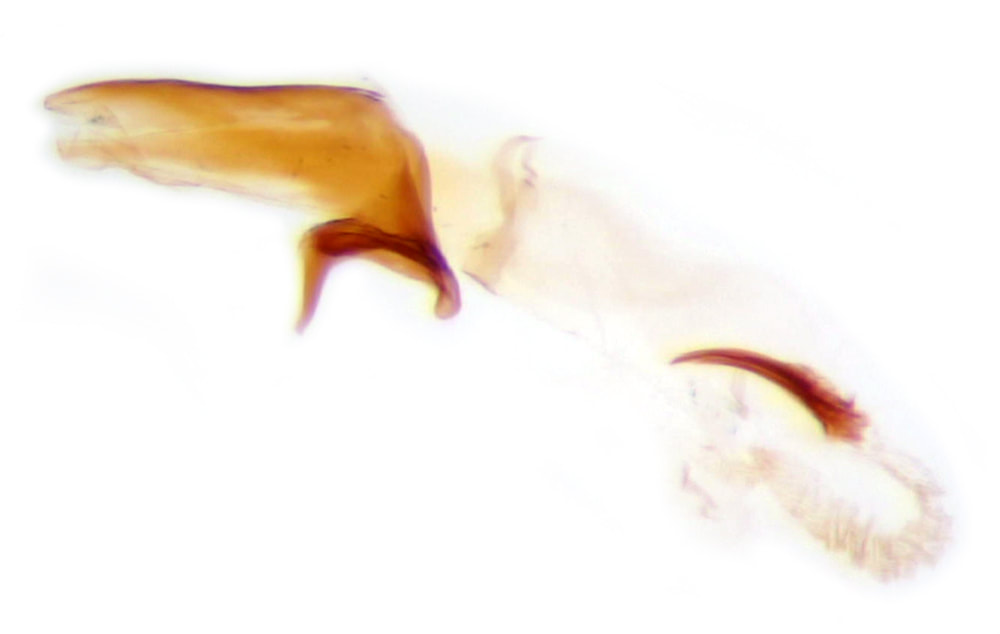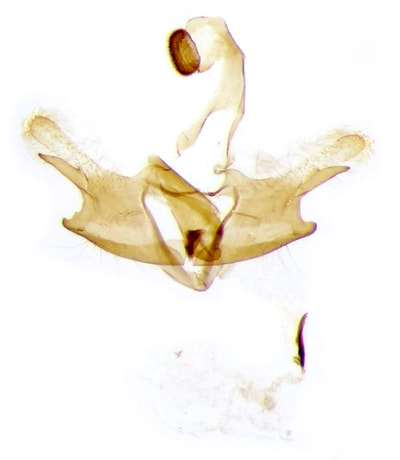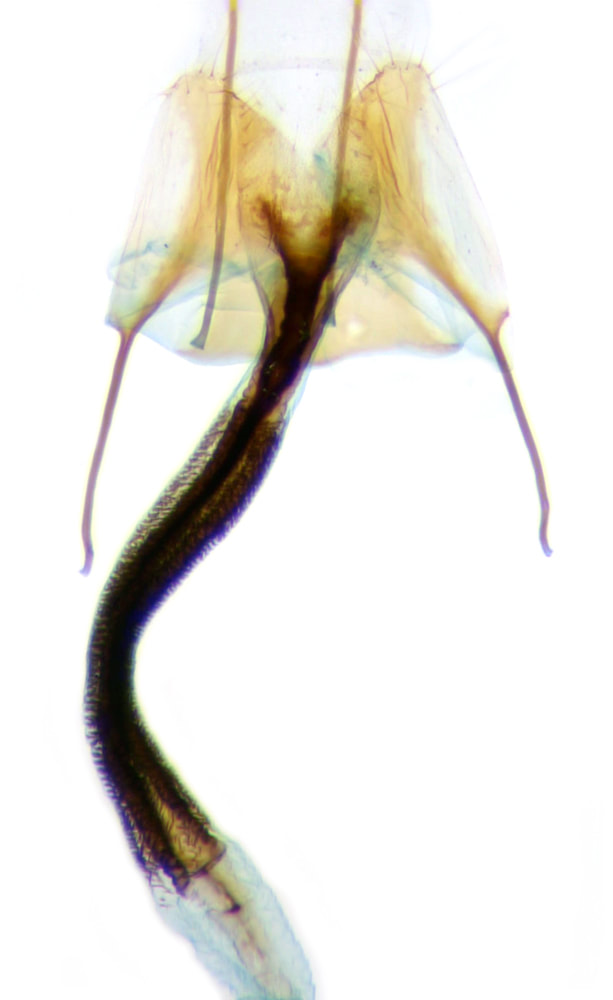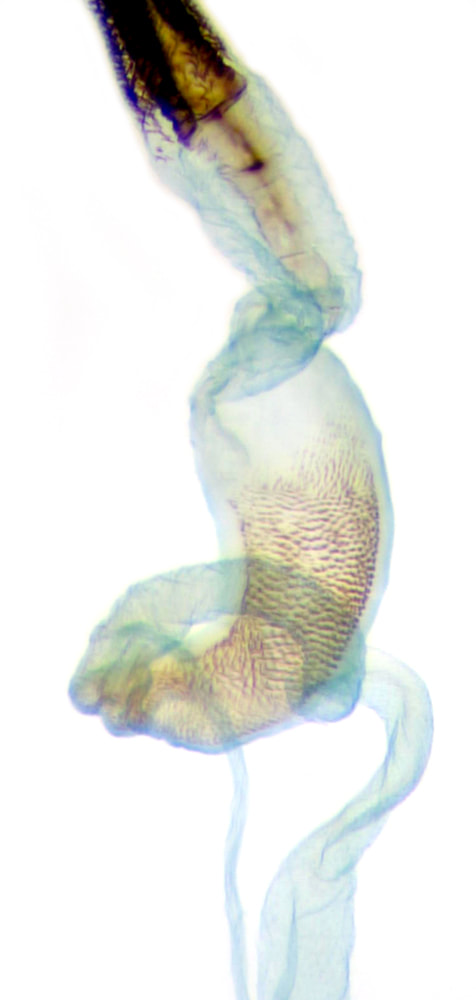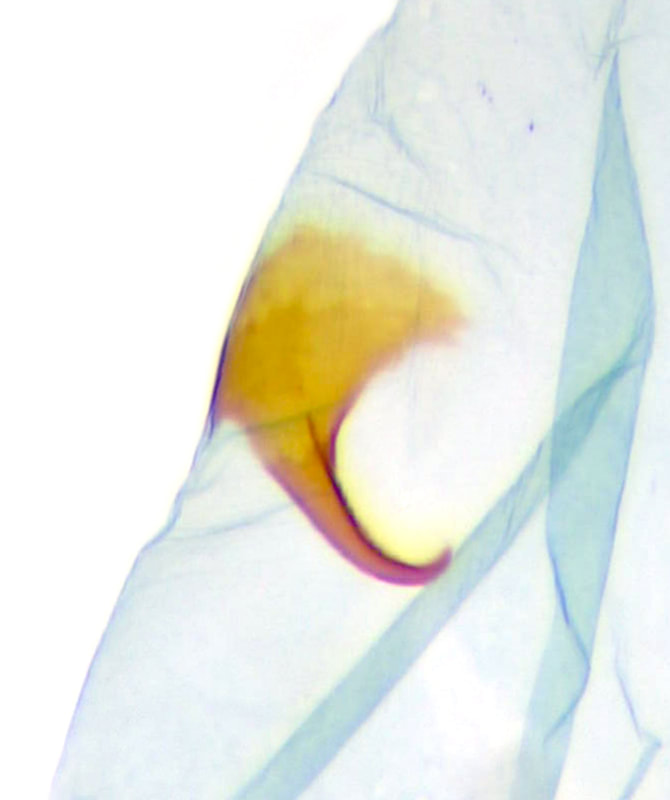37.036 Coleophora conyzae (Spikenard Case-bearer)
ws: 12-16mm (MBGBI3); Jun-Jul; ploughmn's spikenard (Inula conyza), common fleabane (Pulicaria dysenterica), hemp-agrimony (Eupatorium cannabinum); NS-B - on chalk or limestone downland in S.England and S.Wales
§1 Hamstreet, Kent; 11/07/2018; male; fw 6.9mm; to light
§2 Cranwich Heath, Norfolk; 05/07/2018; female; fw 7.0mm; to light
§3 Orlestone Forest, Kent; 07/07/2019; male; fw 7.6mm; to light
All images © Chris Lewis
§2 Cranwich Heath, Norfolk; 05/07/2018; female; fw 7.0mm; to light
§3 Orlestone Forest, Kent; 07/07/2019; male; fw 7.6mm; to light
All images © Chris Lewis
Page published 01/08/2018 (§1) | §2 added 09/01/2019 | §3 added 31/01/2020
